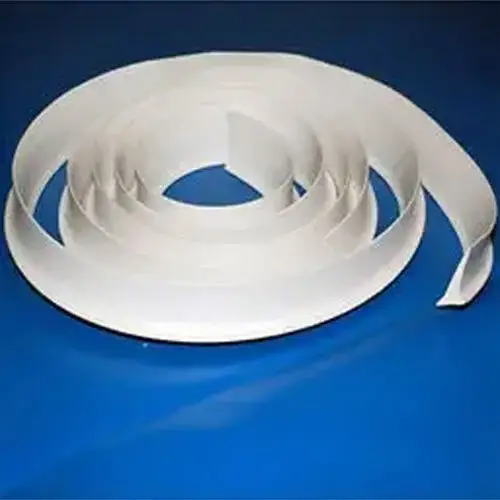At Shetty Enterprises, we are known as conveyor belts manufacturer, we are delivering high-quality and performance-driven conveying solutions for industries across the globe. With over two decades of experience and innovation, we provide a comprehensive range of PVC, PU, Rubber, Nylon, Cotton, Cleated, Chevron, Rough Top, and Heat-Resistant Conveyor Belts which are engineered to ensure durability, efficiency and consistent performance in demanding industrial environments.
Our products are manufactured with precision using advanced technology, ensuring compliance with international quality standards. From food processing and packaging to cement and textile production, we offer tailored solutions designed to move your business forward - reliably, efficiently and safely.
Established in 1999, Shetty Enterprises has grown from a small-scale setup to a globally recognized name as Conveyor Belts Manufacturer. Headquartered in Mumbai, Maharashtra, we have built our reputation on innovation, quality assurance and customer satisfaction.
Our success comes from our modern manufacturing setup and a team of skilled engineers who are serving clients across India, the Middle East, Africa and Southeast Asia. We believe in building lasting partnerships through transparency, technical expertise and a commitment to delivering world-class conveying solutions that align with modern industrial demands.
As a trusted Conveyor Belts Supplier, we ensure reliable and timely delivery of high- performance conveyor belts across diverse industries. With a strong supply network reaching Pan-India, the Middle East, Africa and Southeast Asia, we serve to the growing demand for quality-tested, durable and application-specific conveying solutions. Our product range - including PVC, PU, Rubber, Nylon, and Food Grade Conveyor Belts - is supplied to meet both standard and customized requirements. With fast delivery, helpful customer support, and reliable product quality, we have established ourselves as a dependable conveyor belt supplier trusted by manufacturers, OEMs, and system integrators worldwide.
Conveyor belts use a basic mechanism consisting of a motor-controlled continuous movement of a belt across pulleys. Passed over two or more pulleys, the belt—usually constructed of rubber, PVC, or cloth—creates a continuous loop. One of the pulleys is driven, so the belt and any objects laid on it move evenly and quietly.
Because of this idea, which guarantees that items are transported efficiently with little movement, conveyor belts are useful for manufacturing, packing, mining, transportation, and other industrial purposes. the least degree of human engagement.
When building a conveyor belt system, the following key factors need to be properly taken into account to guarantee smooth, dependable, and efficient material handling:
| Specification | Details/Range |
|---|---|
| Belt Width | 300 mm to 2000 mm (customizable as per requirement) |
| Belt Thickness | 3 mm to 20 mm (varies by type and application) |
| Material Options | PVC, PU, Rubber, Nylon, Polyester, Steel Cord |
| Load Carrying Capacity | Designed as per application, suitable for heavy-duty use |
| Belt Speed | Up to 6 m/s (customized for process needs) |
| Abrasion Resistance | High, suitable for abrasive materials |
| Surface Finish | Smooth, rough top, cleated, or mesh as required |
| Food Grade Compliance | FDA/USDA compliant options available |

| Type of Conveyor Belt | Price Range (INR per meter) |
|---|---|
| PVC Conveyor Belt | ₹400 – ₹1,200 |
| PU Conveyor Belt | ₹800 – ₹2,500 |
| Rubber Conveyor Belt | ₹1,000 – ₹3,500 |
| Nylon/Polyester Belt | ₹1,200 – ₹4,000 |
| Steel Cord Conveyor Belt | ₹3,000 – ₹7,000 |